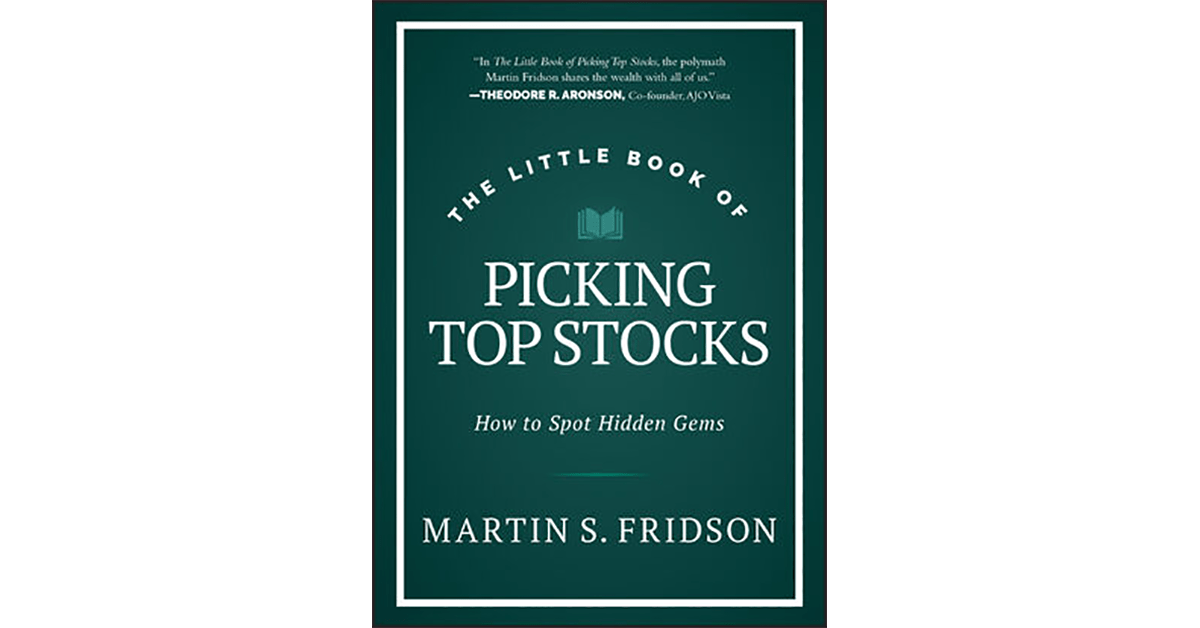- “The Little Book of Picking Top Stocks” by Martin Fridson, CFA, offers a novel approach to identifying top-performing stocks.
- The book emphasizes the importance of analyzing free cash flow and estimating its trend, as well as considering earnings management and credit improvement.
- Fridson provides detailed analysis of the top S&P 500 stocks from 2017 to 2021, highlighting their unique catalysts for performance.
- The book also explores the performance of non-S&P 500 stocks and the catalysts behind their success.
- The quantitative characteristics presented in the book include stock price volatility, EPS forecast dispersion, bond ratings, and market capitalization.
- The qualitative characteristics discussed focus on outside pressure for change, dynamic technology, potential credit improvement, and competitive dominance.
- The book encourages investors to aim for top performance in a systematic manner, dedicating a portion of their portfolio to higher-risk, higher-reward opportunities.
Review of “The Little Book of Picking Top Stocks”
When I first came across Martin Fridson, CFA’s latest book, I was intrigued by its title, “The Little Book of Picking Top Stocks: How to Spot the Hidden Gems.” Given Fridson’s expertise in fixed-income analysis, I expected the book to emphasize credit analysis as a key factor in stock selection. However, Fridson takes a different approach, presenting a systematized and evidence-based method for identifying top-performing stocks.
The book challenges the conventional wisdom of Wall Street analysts, who often rely on the same information provided by corporations when making stock recommendations. Fridson argues that relying solely on fundamental analysis and earnings forecasts may not lead to identifying the best performing stocks.
Fridson delves into the analysis of the top S&P 500 stocks from 2017 to 2021, highlighting the importance of factors such as free cash flow, credit improvement, restructuring, dividend strategies, and unique market circumstances in driving exceptional stock performance. By examining the catalysts behind past winners, Fridson provides insights into potential future outperformers.
However, the book does not limit its analysis to just the S&P 500 stocks. Fridson also explores the performance of non-S&P 500 stocks and their unique catalysts for success. These smaller-cap stocks may offer different opportunities for investors who are willing to look beyond the well-known names.
In the second half of the book, Fridson presents quantitative and qualitative characteristics that can aid in stock selection. These characteristics include stock price volatility, EPS forecast dispersion, bond ratings, and market capitalization. Fridson also challenges certain common hypotheses and explains why they may not lead to successful stock picks.
On the qualitative side, Fridson highlights the importance of factors such as outside pressure for change, dynamic technology, potential credit improvement, and competitive dominance. By considering these factors, investors can identify stocks that have a higher likelihood of outperforming.
Fridson’s book encourages investors to aim for the top, emphasizing that the goal doesn’t have to be achieving the absolute best performance in a single year. Instead, investors can strive for impressive returns by dedicating a portion of their portfolio to higher-risk, higher-reward opportunities.
“The Little Book of Picking Top Stocks” offers a fresh perspective on stock selection, challenging traditional approaches and providing evidence-based insights. It is a valuable resource for investors looking to improve their stock-picking skills and achieve better returns.







